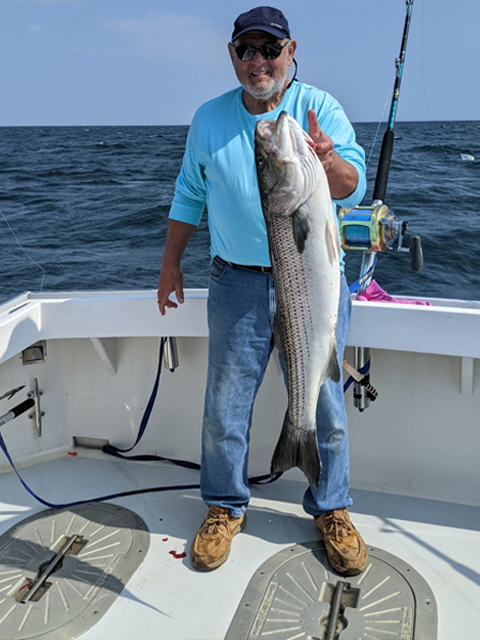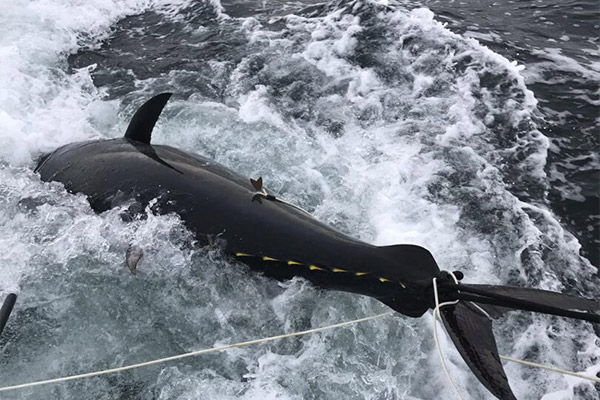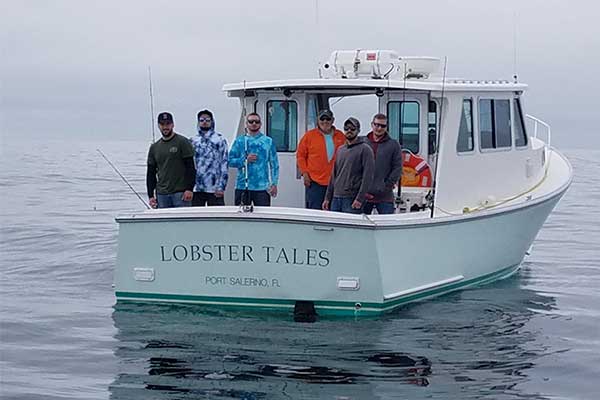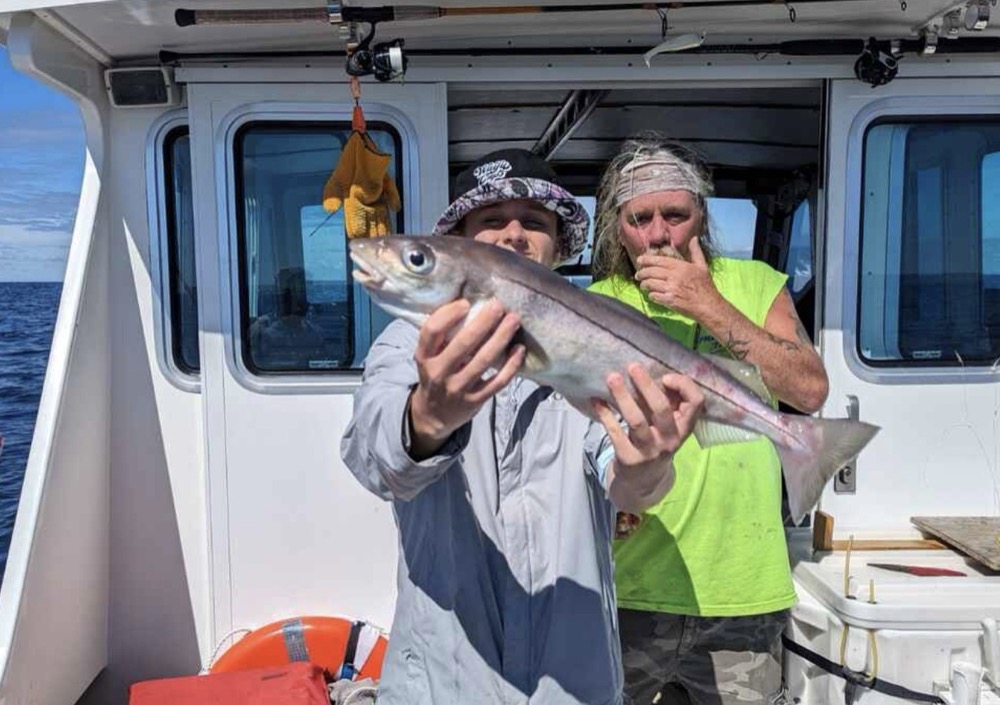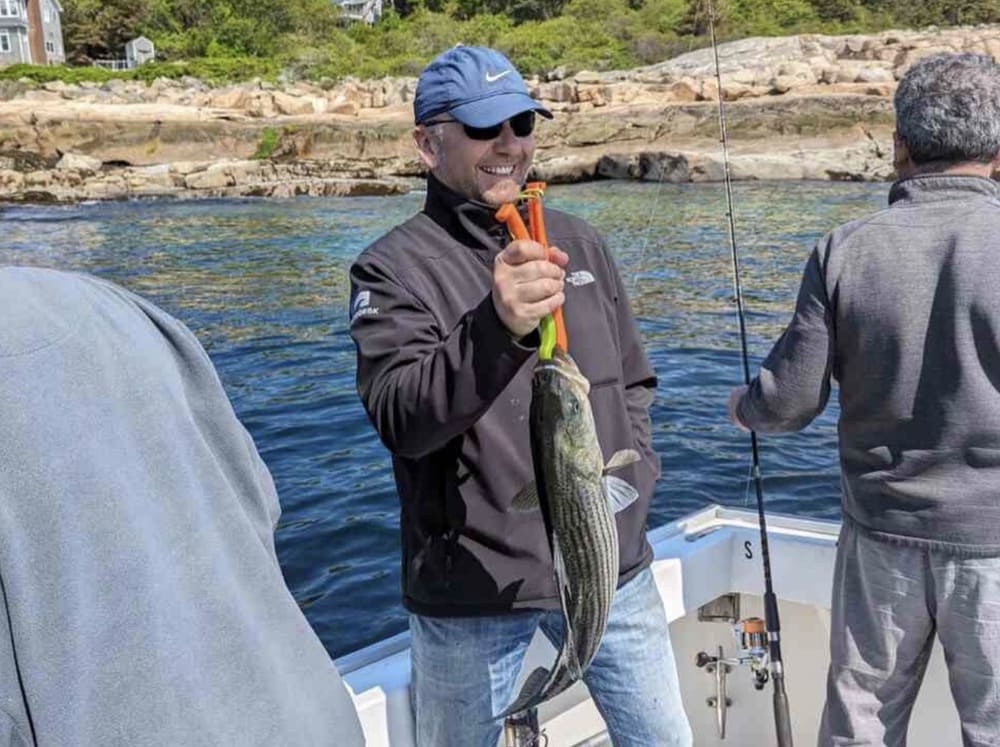How the Tides Influence Fishing Success in Gloucester
Understanding how tides affect fishing in Gloucester, MA can greatly improve your chances of a successful catch. Tuna Tail Charters uses knowledge of tidal patterns to help clients make the most of their fishing trips. This article explores how tides influence fish behavior and fishing success in Gloucester waters.
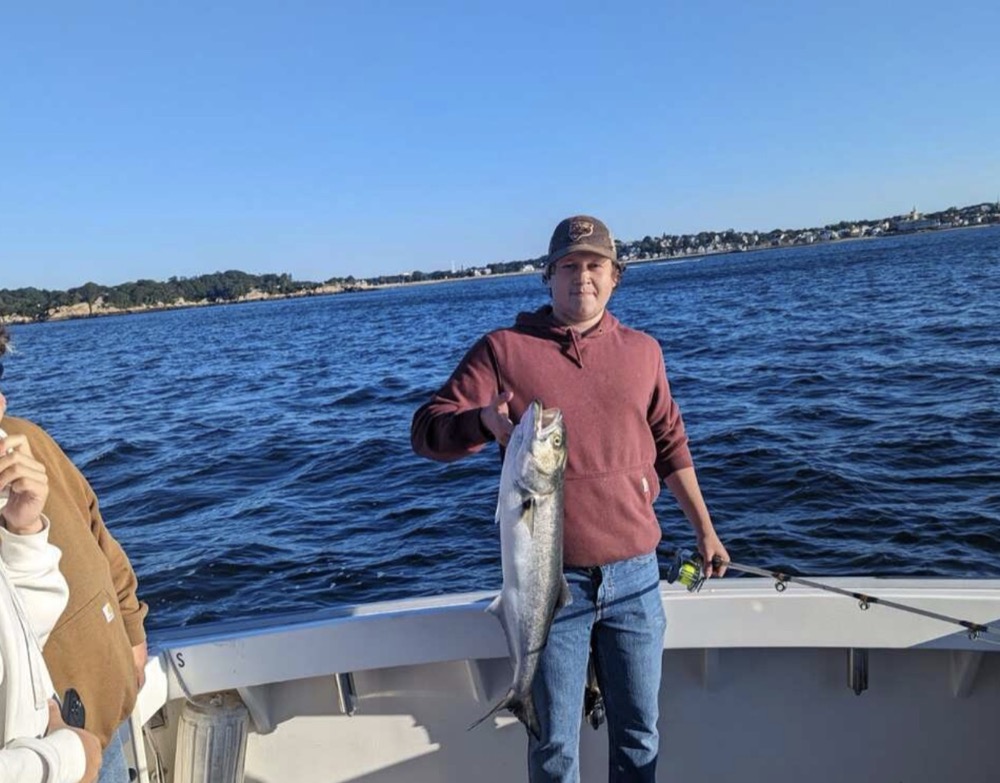
What Are Tides and How Do They Work?
Tides are the rise and fall of sea levels caused by the combined effects of the gravitational forces of the moon and sun, and the rotation of the Earth. In Gloucester, there are semidiurnal tides, meaning two high tides and two low tides each day.
Key Tidal Phases:
- High Tide: When water reaches its highest level
- Low Tide: When water is at its lowest level
- Incoming (Rising) Tide: Period between low tide and high tide
- Outgoing (Falling) Tide: Period between high tide and low tide
How Tides Affect Fish Behavior
Tides play a crucial role in fish feeding patterns and movement. Here's how different tidal stages impact fishing:
| Tidal Stage | Fish Behavior | Fishing Opportunity |
|---|---|---|
| Incoming Tide | Fish move to shallow areas to feed | Excellent time for inshore fishing |
| High Tide | Fish spread out in newly accessible areas | Good for fishing structure near shore |
| Outgoing Tide | Fish move to deeper channels | Great for fishing near drop-offs |
| Low Tide | Fish concentrate in deeper areas | Best for offshore fishing |
Best Tides for Fishing in Gloucester
While fish can be caught at any tide, certain species in Gloucester have preferences:
Striped Bass
- Best time: Incoming tide and first two hours of outgoing tide
- Why: These tides bring baitfish into shallow areas
Bluefish
- Best time: Strong incoming or outgoing tides
- Why: Bluefish are active predators that follow baitfish movements
Cod and Haddock
- Best time: Slack tide (period between tides)
- Why: Easier to keep bait near the bottom
Bluefin Tuna
- Best time: Varies, but often during tide changes
- Why: Tuna follow baitfish schools affected by tides
Tips for Fishing Different Tides
- Use tide charts: Plan your trip around optimal tidal phases for your target species
- Adjust your technique: Use heavier weights during strong tides, lighter during slack tides
- Look for moving water: Areas where tides create current are often productive
- Be patient: Fish activity often increases as tides change
Gloucester's Unique Tidal Features
Gloucester's coastline creates some interesting tidal effects:
- Tidal rips: Areas where opposing currents meet, often holding baitfish and predators
- Submerged structure: Rocks and ledges exposed or covered by tides, attracting fish
- Estuaries: Tidal movements in these areas concentrate nutrients and attract fish
Tidal Safety Considerations
While focusing on fishing, always keep these safety tips in mind:
- Be aware of changing water depths, especially in shallow areas
- Watch for strong currents during tide changes
- Always check tide tables before heading out
- Ensure your anchor can hold in tidal currents
Fish the Tides with Tuna Tail Charters
Tuna Tail Charters uses a deep understanding of Gloucester's tides to maximize fishing success. Experienced captains know the best spots to fish during each tidal phase, ensuring you have the best chance to catch your target species.
Ready to experience how tides can improve your fishing? Book a fishing charter with Tuna Tail Charters today. Contact Tuna Tail Charters at 978-905-6200 to book a fishing charter in Gloucester. Use the tides to your advantage and catch some fish!
‹ Back



